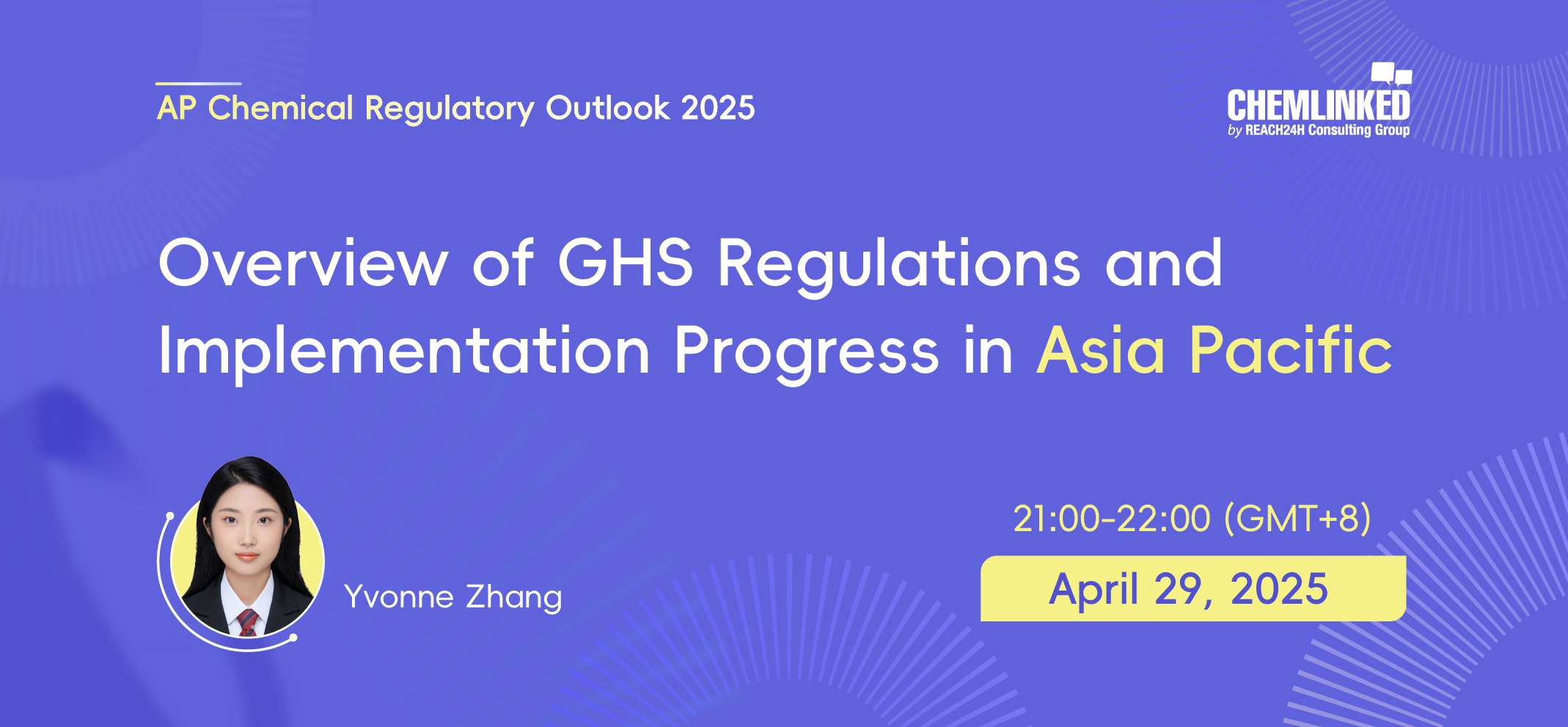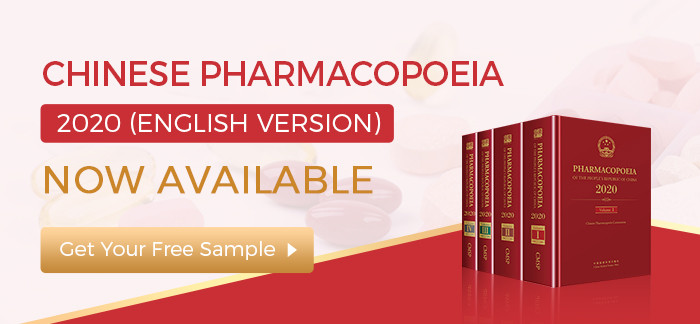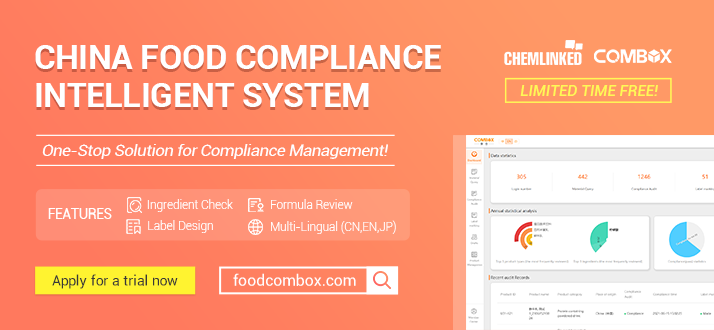2019 Compliance Review: Chemical Safety and Environmental Protection Policy in China
In recent years, corporate safety and environmental protection policies are constantly being updated, following changes and shifts in government regulations and approaches. A highly relevant part of any compliance work relies in an enterprise’s ability to timely capture compliance points and accurately adapt in accordance with policy trends.
Looking back this year, safety supervision has become closely centered on the theme of “preventing risks, removing hidden dangers, and containing accidents”, highlighting the safety focus ofhazardous chemicals, and aiming to prevent and resolve safety risks, promptly eliminate hidden dangers, and effectively contain safety accidents as the goal of production safety, as well as develop a series of activities including public and educational material, emergency drills, and safety inspections. Environmental protection management and control revolve around the four major tasks of water conservancy, soil and gas control, and solid waste management to fight pollution and further promote the ultra-low emission transformation of the steel and other industries. Key tasks include the comprehensive management of decentralized pollution-generating enterprises and clusters, strengthening of the control of pollutants like volatile organic compounds in key industries such as petrochemicals, chemicals, packaging and printing, and industrial coating, promotion of the control of industrial kilns, support for the comprehensive and centralized sewage treatment facilities and pipe networks in industrial parks, and their stable operation. Other prescribed goals include: to further specify the target of achieving excellent water quality in the coastal waters of coastal provinces; to formulate relevant regulations for the management of sewage flow into the sea, and promote a series of measures such as the Soil Pollution Prevention & Control Action Plan. Numerous policy developments and increasingly stringent safety and environmental protection requirements have made EHS management one of the core competitiveness of enterprises.
Compliance Review
Environmental Risk Assessment and Control Regulation for Chemical Substances (Draft)
In January 2019, the Ministry of Ecology and Environment released the Environmental Risk Assessment and Control Regulation for Chemical Substances (Draft), which aims to bring more than 40,000 existing chemical substances into the scope of environmental management. The draft is mainly based on two core points, one is the risk assessment and risk control of existing chemical substances, and the other the establishment of a new chemical substance access system.
Yangtze River Action Plan for Conservation and Restoration Works
On January 24, 2019, the Action Plan for the Uphill Battle for the Conservation and Restoration of the Yangtze River proposed to strengthen the ecological management and control, and strictly observe the ecological protection red line; inspect and rectify sewage outlets, and promote unified supervision of land and water spaces; strengthen industrial pollution control, and effectively prevent ecological and environmental risks; continue improving rural living environment and curb agricultural non-point source pollution; supplement shortcomings in environmental infrastructure to ensure water quality and safety of drinking water sources; curve environmental impact associated to shipping activities; optimize water resource allocation and effectively protect environmental water demand; strengthen ecosystem management and eight major tasks aimed at combating environmental destruction.
First published List of Toxic and Harmful Air Pollutants
On January 23 and July 23, 2019, the Ministry of Ecology and Environment and the National Health Commission of the People’s Republic of China jointly released The List of Toxic and Hazardous Air Pollutants (2018) and The List of Toxic and Hazardous Water Pollutants (First Batch).
The first batch of toxic and hazardous air pollutants includes a total of 11 types of pollutants: methylene chloride, formaldehyde, chloroform, trichloroethylene, tetrachloroethylene, acetaldehyde, cadmium and cadmium compounds, mercury and mercury compounds, chromium and its compounds, lead and lead compounds, as well as arsenic and arsenic compounds.
The first batch of toxic and hazardous water pollutants includes a total of 9 kinds of pollutants: methylene chloride, chloroform, trichloroethylene, tetrachloroethylene, formaldehyde, cadmium and cadmium compounds, mercury and mercury compounds, and hexavalent chromium compounds, lead and lead compounds, arsenic and arsenic compounds.
State Council issues Regulations on Emergency Response to Production Safety Accidents
The Regulations on Emergency Response to Production Safety Accidents was the first administrative regulation specifically targeting emergency responses to production safety accidents, published on April 1, 2019. Regarding the emergency plan and response of enterprises, the Regulations specify three systems, one mechanism and four aspects of emergency management requirements, namely: emergency plan system, regular emergency drill system and emergency duty system, the emergency response mechanism. The regulations also include emergency management guarantee requirements for personnel, materials, technology, and informatization; legal liabilities for emergency behaviors are also stipulated.
Provisional Administrative Regulations on Carbon Emission Trading (Draft)
On 4th of April 2019, the Chinese Ministry of Ecology and Environment issued the Interim Measures on the Administration of Carbon Emissions Trading, to take advantage of market mechanisms to control greenhouse gas emissions and promote green and low-carbon development. This announcement states that important progress has been made in the legislative work and system construction of the national carbon market, which will provide the policy foundation and legal framework for the construction of the national carbon market system. This announcement shows that the national carbon market trading system is accelerating.
Administrative Measures on Emergency Response Plan for Workplace Accidents
On 11th July, MEM released the revised Administrative Measures on Emergency Response Plan for Workplace Accidents. The emergency response plan for accidents taking place in the workplace is an important part of emergency management. Its main objective is to control and eliminate potential sources of harm to people, property, or the environment . This revision has been modified to include 19 provisions, involving the preparation, review, publication, filing, implementation and supervision of emergency response plans.
New Round of Central Environmental Inspections Launched on Ecological and Environmental Protection, Ended on August
From July to August 2019, the Ecological and Environmental Protection Inspection Team of the Central Committee carried out one-month inspections in six provinces (cities) including Shanghai, Fujian, Hainan, Chongqing, Gansu, Qinghai, and two central authorities of China Minmetals Group Co., Ltd and ChemChina. The probe, covered by the first batch of the second round of central inspections, had as main purpose the inspection by ministerial-level officials of rectifications was to check on the implementation of rectifications instructed by the government for pollution control and environmental protection, as well as the management of outstanding ecological and environmental problems reported by the people.
Hot Summer Season Brings New Chemical Industry Law Enforcement Inspections
Drawing lessons from past chemical incidents in high-temperature seasons in the past years and major explosions at Yima gas factory of the Henan Coal Gas (Group) Co., Ltd. in the past July 19, the Ministry of Emergency Management (MEM) organized six inspection teams in Tianjin, Henan, Jilin, Anhui, Guizhou, and Guangdong to check weak links in the chemical production industry, and reduce the risks of industrial and chemical accidents.
China Issues Two Guidelines on Security Risk Management
In 2019, a series of serious chemical safety incidents took place in China, exposing some outstanding issues such as incomplete risk control of chemical parks, as well as in-depth research and management of hidden risks in enterprises. To improve the level of safety management at Chemical Parks and Hazardous Chemical Enterprises, China’s MEM officially released two guidelines, Guideline on Security Risk Investigation and Management of Chemical Parks and Guideline on Security Risk Investigation and Management of Hazardous Chemical Enterprises .
Catalogue of Hazardous Chemicals Subject to Special Regulation
On 16th of October 2019, to effectively curb serious accidents associated to hazardous chemicals, the Ministry of Emergency Management issued the Catalogue of Hazardous Chemicals Subject to Special Regulation (1st edition) to solicit public comments. Specially controlled hazardous chemicals refers to dangerous chemicals with high inherent dangers, high safety risks in the event of accidents, serious potential consequences, and large circulation, which require special control. The first batch of products under the control of the catalogue involved 20 products in 4 categories.
The Ministry also proposed clear control measures, including:
▶ To establish an information platform so as to achieve life-cycle traceability and control of information,
▶ To practice unified packaging management rules,
▶ To employ rigorous qualification requirements for safe production,
▶ To strengthen the regulation of transport,
▶ To implement fixed-location management at warehouse sites of hazardous chemicals.




